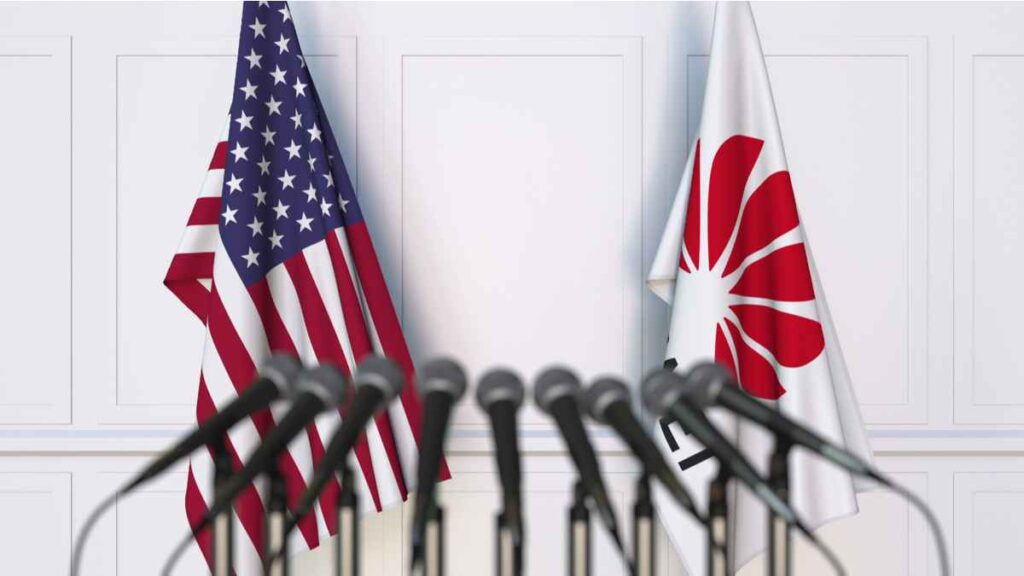
Numerous U.S.-based Internet Service Providers (ISP) are set to obtain on October 29 reimbursements from the Federal Communications Commission (FCC), welcoming a filing opportunity to “rip and replace” Huawei and ZTE telecom equipment.
Bloomberg revealed a $1.9 billion program allowing ISPs to deliver cost estimates to the FCC to substitute previously installed equipment by Chinese manufacturers Huawei and ZTE between October 29 and January 14 of the current year.
Once U.S. operators collect the Commissions’ funds, telecoms will initiate the process of eliminating any Chinese equipment deployed in their companies.
“As directed by the Secure and Trusted Commissions Networks Act of 2019 (Secure Networks Act), as amended, the Commission established the $1.9 billion Reimbursement Program to reimburse providers of advanced communications services with ten million or fewer customers for costs uncured in the removal, replacement, and disposal of covered communications equipment or services from their networks that pose a national security risk,” the filing stated.
While the program strictly states that equipment produced by both Chinese manufacturers is to be removed from small-scaled operators, however, the filing is only applicable to equipment or services delivered on or prior to June 30, 2020.
Even though some might perceive the FCC’s latest maneuver to halt Chinese operations in the country as a necessary move, others think it could potentially hold much more severe consequences to their operations.
From their stance, a bundle of telcos expressed their worries regarding the extraction of their networking gear and how it could jeopardize services delivered by them, as the periodic slot given by the federal entity could not be sufficient to extract, replace, and operate the newly obtained hardware.
The Commission’s outstretched offer might hold much heavier repercussions for in-house operators, as the President of Alabama-based Pine Belt Communications expressed his doubts on the matter to Bloomberg.
“It’s going to be a pretty intense effort, and I probably have one the smallest networks that need to be swapped out,” Nettles said in his statement.

The main issue lies in finding enough workforce to instigate the hardware replacement process. And if the ISPs manage to succeed, the fact remains that the period set by the FCC is far from being enough for small and big telcos to replace any hardware.
Truth be told, it wouldn’t be a battle between fierce economic supremacies without some collateral damage, and the fact remains that both the U.S. and China are willing to go up and beyond to fulfill their ambitions – yet cutthroat – agendas to enforce pressure on its adversary.
The rising geopolitical feud between both forces has been escalating since 2019 under President Donald Trump’s Administration.
During that time, Huawei was added to the Commerce Department’s list of banned entities under the pretense of distributing hardware that could be implemented for foreign espionage and surveillance. In addition to the list, the federal agency also added multiple trade restrictions resulting in layoffs, revenue drops, and immensely catastrophic global smartphone sales for Huawei.
In parallel, the U.S. House voted last week 420 – 4 in support of halting any future issuance of new equipment licenses by the FCC, for the firms involved in the “Covered Equipment or Services List,” according to Reuters.
Huawei, ZTE, Hytera Communications, Hikvision, and Dahua Technology are allegedly included in the Commission’s list.
“The United States, without any evidence, still abuses national security and state power to suppress Chinese companies,” a spokesperson at China’s foreign ministry, Zhao Lijian, addressed the FCC’s conduct towards Chinese manufacturers in a statement to Reuters.
The intensifying pressure on U.S.-based telco to accommodate the geopolitical tension between the East and the West could hold immense repercussions on rural connectivity, a factor that could jeopardize the elevated rise of U.S. digital adoption in the upcoming years.